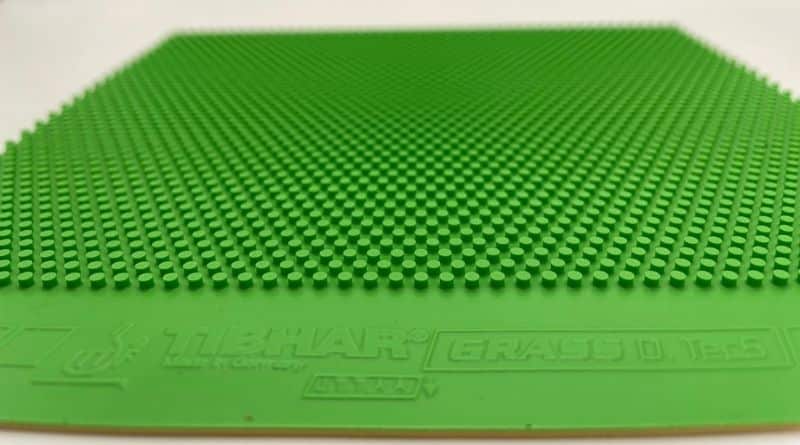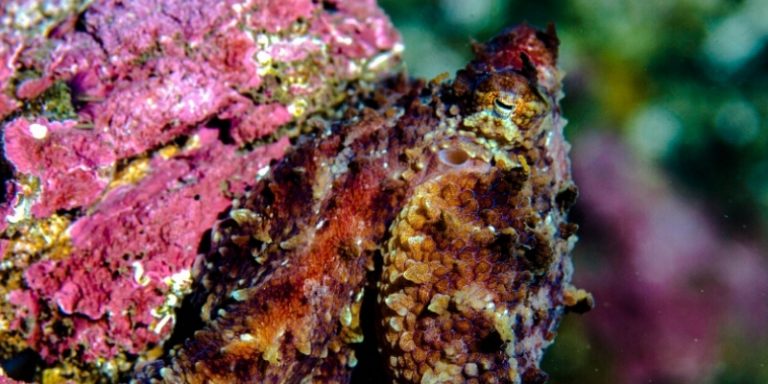

This is a part of the Wikipedia article used under the Creative Commons Attribution-Sharealike 3.0 Unported License (CC-BY-SA). joubini was obtained through laboratory studies of captive specimens and what little is known about their behavior in a natural environment is inferential. As there are few large predators in the deep sea, dumbo octopuses primary predators are diving fishes and marine mammals, including tunas, sharks. Savage Gear 3D Octopus 15cm 70g Saltwater Sea Soft Bait Predators COLORS. joubini and the closely related Octopus mercatoris. Sea Soft Baits Savage Gear Salt 3D Octopus is based on a scan of a baby Octopus. The first holotype was collected in 1929 by Guy Coburn Robson and became a key factor in distinguishing between O. These can include large fish, whales, birds and even dolphins. As there are few large predators in the deep sea, dumbo octopuses’ primary predators are diving fishes and marine mammals, including tunas, sharks, and dolphins. The predators of an octopus will vary slightly depending on its size and location. They are foraging predators and eat pelagic invertebrates that swim above the sea floor. They are found in the Atlantic Ocean, particularly in the tropical waters of the Caribbean and the Gulf of Mexico. Dumbo octopuses move by slowly flapping their ear-like fins, and they use their arms to steer.
OCTOPUS PREDATORS SKIN
All Cephalopods have chromatophores, special pigmented and light reflecting cells on their skin which allows them to change colour and texture quickly.

It employs the two defensive mechanisms typical of all octopuses: ink sacs and camouflage. joubini often seeks shelter from predators in empty clamshells, cans or small openings, pulling the opening closed with its arms, combining sand and gravel to form a lid. They are known for being intelligent creatures with keen senses, particularly good sight. joubini often seeks shelter from predators in empty clamshells, cans or small openings, pulling the opening closed with its arms, combining sand and gravel to. It is agile and quick in the water for short distances, using jet propulsion for locomotion. Other predators also include whales, seals, and different types of shore and. Fully grown, this cephalopod reaches a mantle length of 4.5 centimetres with arms up to 9 centimetres long. The octopus must be wary of sharks, eels, sea lions and other large predators. The biggest predator of the blue ring octopus is the moray eel. They can evade predators by changing their. At the same time it releases a substance which numbs the attacker's sense of smell, so that the octopus can escape undetected.The Atlantic pygmy octopus, also known as the small-egg Caribbean pygmy octopus, is a small octopus species in the order Octopoda. The biggest predators of the common octopus are moray eels, fish, seals, sperm whales, sea otters, and birds. By concentrating and diluting the coloured pigments in its skin, it can even produce stripes or strange patterns which seem to change its shape.įinally, it can squirt ink into the water to hide itself, in the same way that it does when hunting for food. It does this by changing the colour of its skin to blend perfectly with its surroundings. Magically, it is able to 'disappear' in order to escape detection.

Octopuses make an interesting contrast with predators. It can squeeze its body through tiny gaps to shake off predators. Octopuses are also formidable predators themselves, and their attack mechanisms are suited to the wide variety of prey they consume, including seashells, crustaceans, fish and even other cephalopods. The octopus saliva causes the muscles to relax, so the octopus can open the shell and eat the occupant. In some areas, they have to worry about eels and dolphins. The octopus swims head-first, and in times of danger can expel water through the end of its mantle, propelling it like a jet through the water. Learn how this intelligent invertebrate manipulates its body shape, color, and even skin texture to avoid predators. Some of the most common predators include large fish, birds, and some types of whales. But the octopus has a number of clever ways to defend itself from attack. Dolphins, sharks, moray and conger eels will all feed on octopuses.


 0 kommentar(er)
0 kommentar(er)
